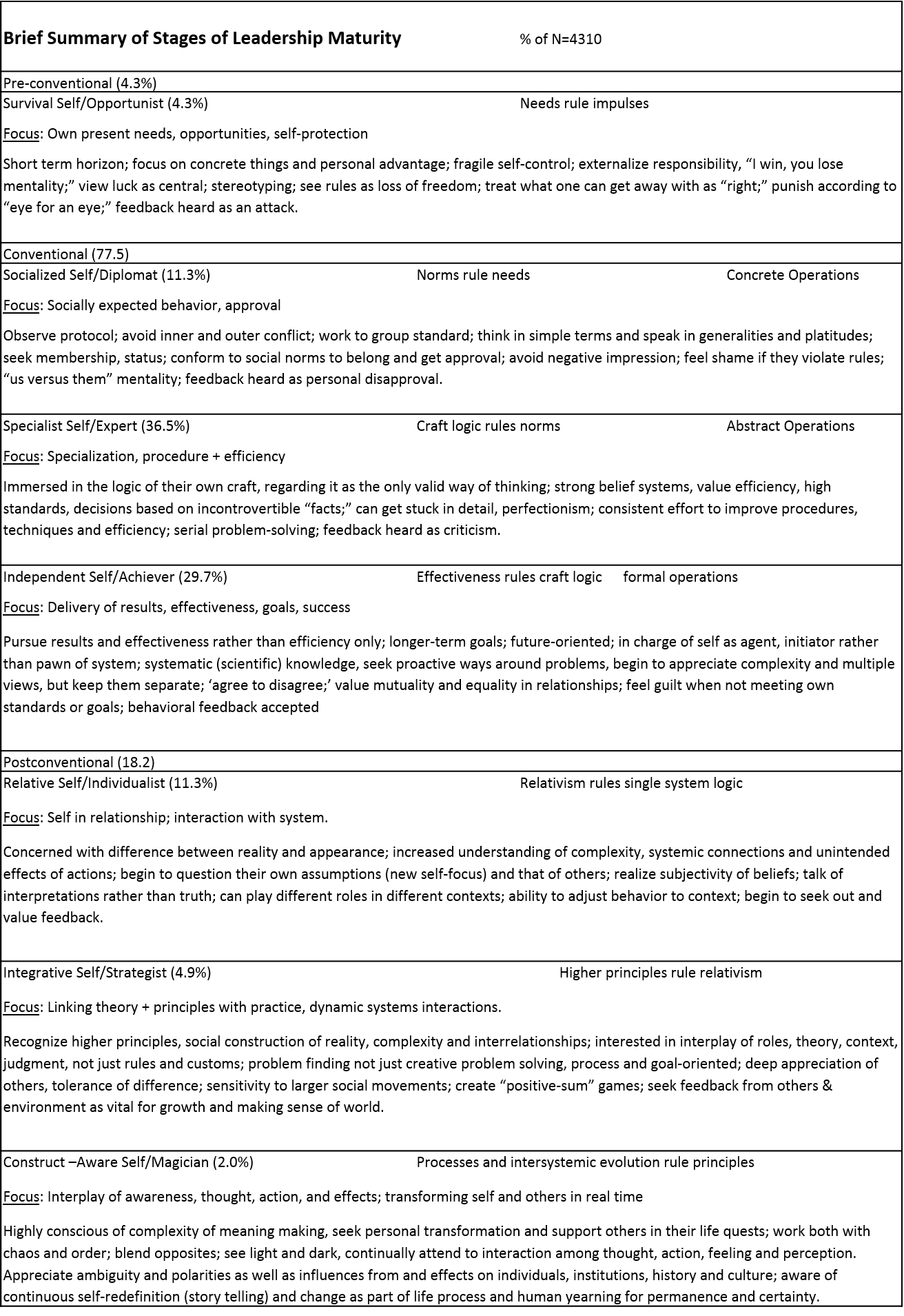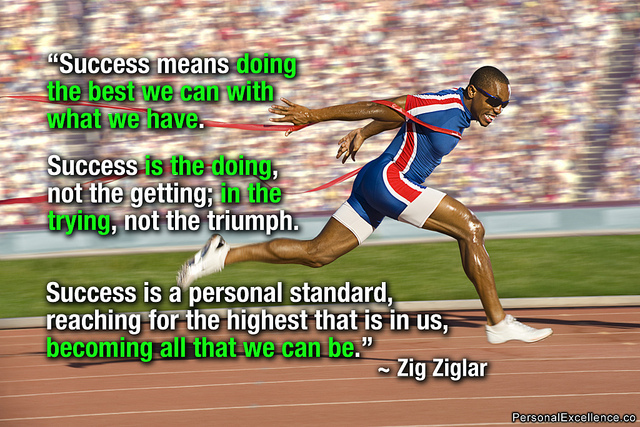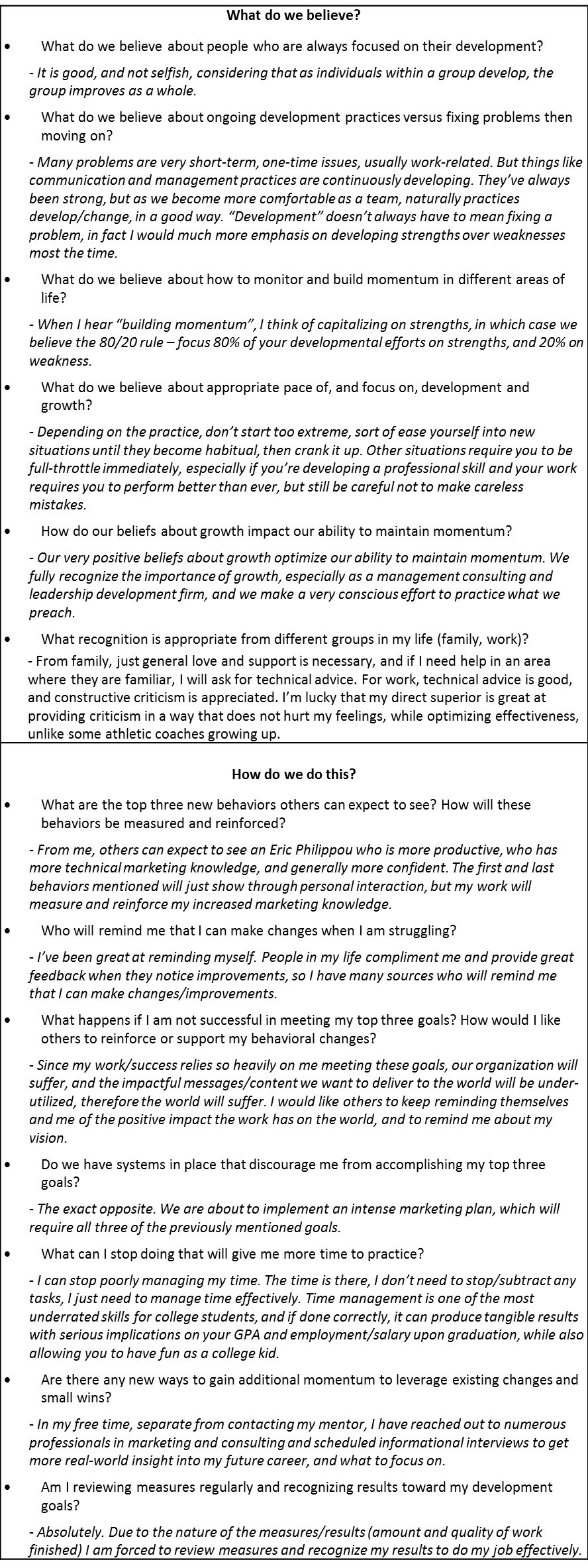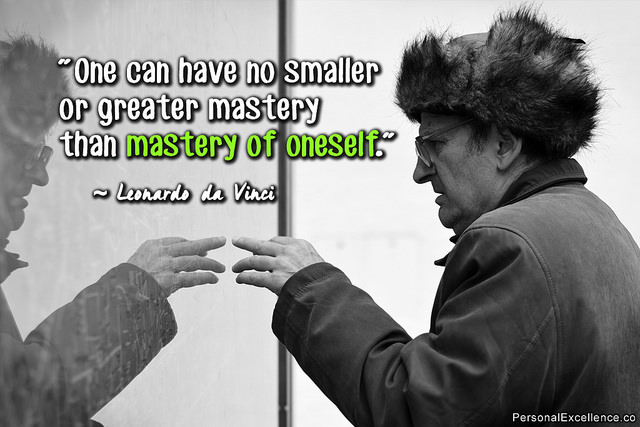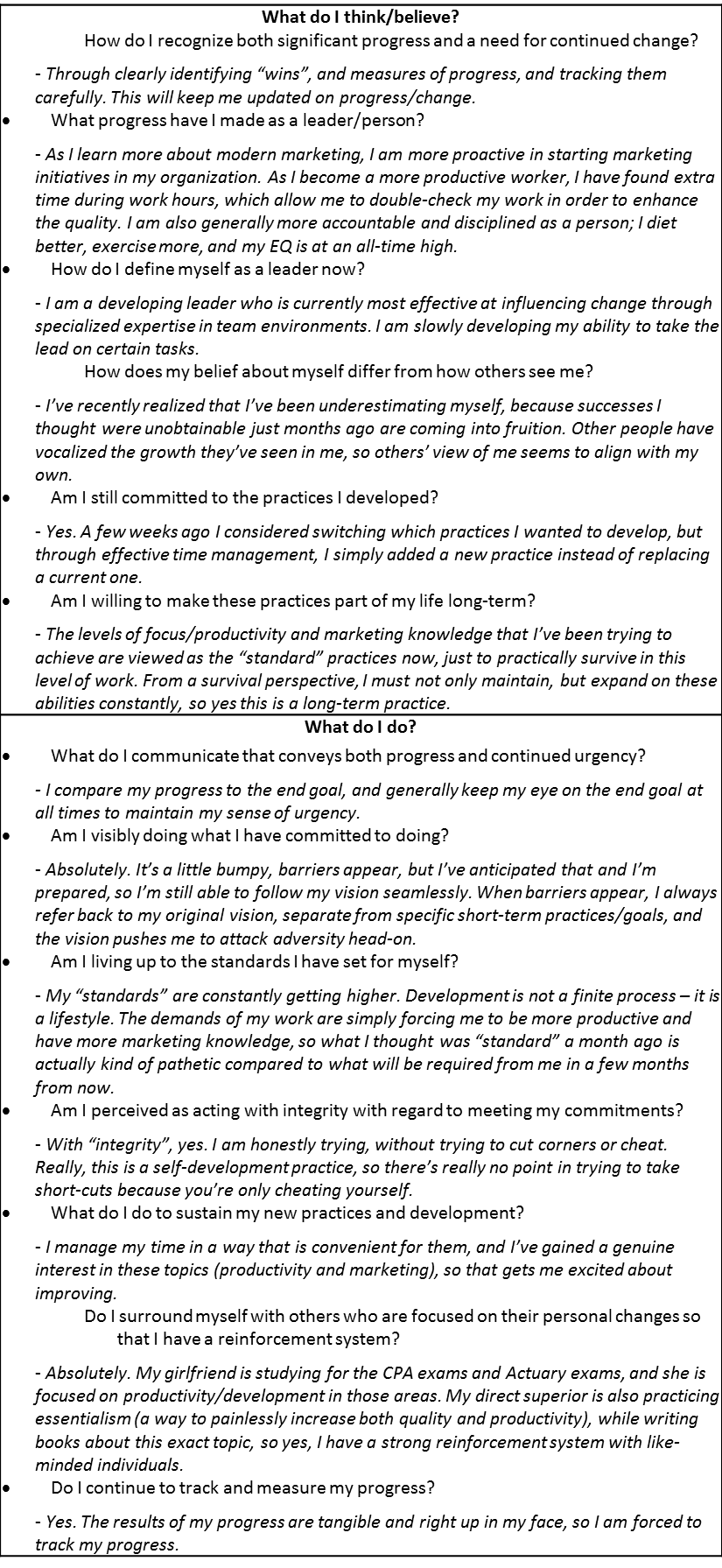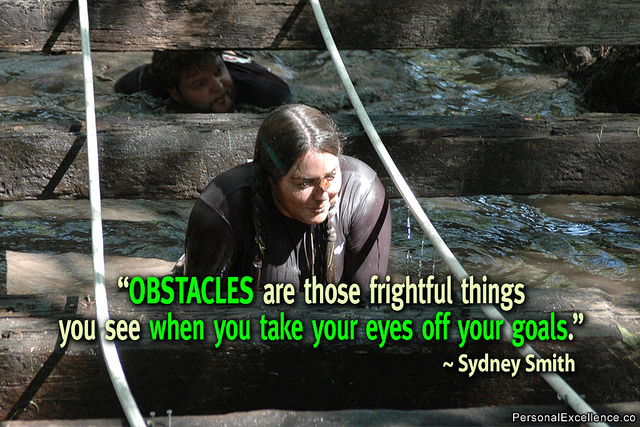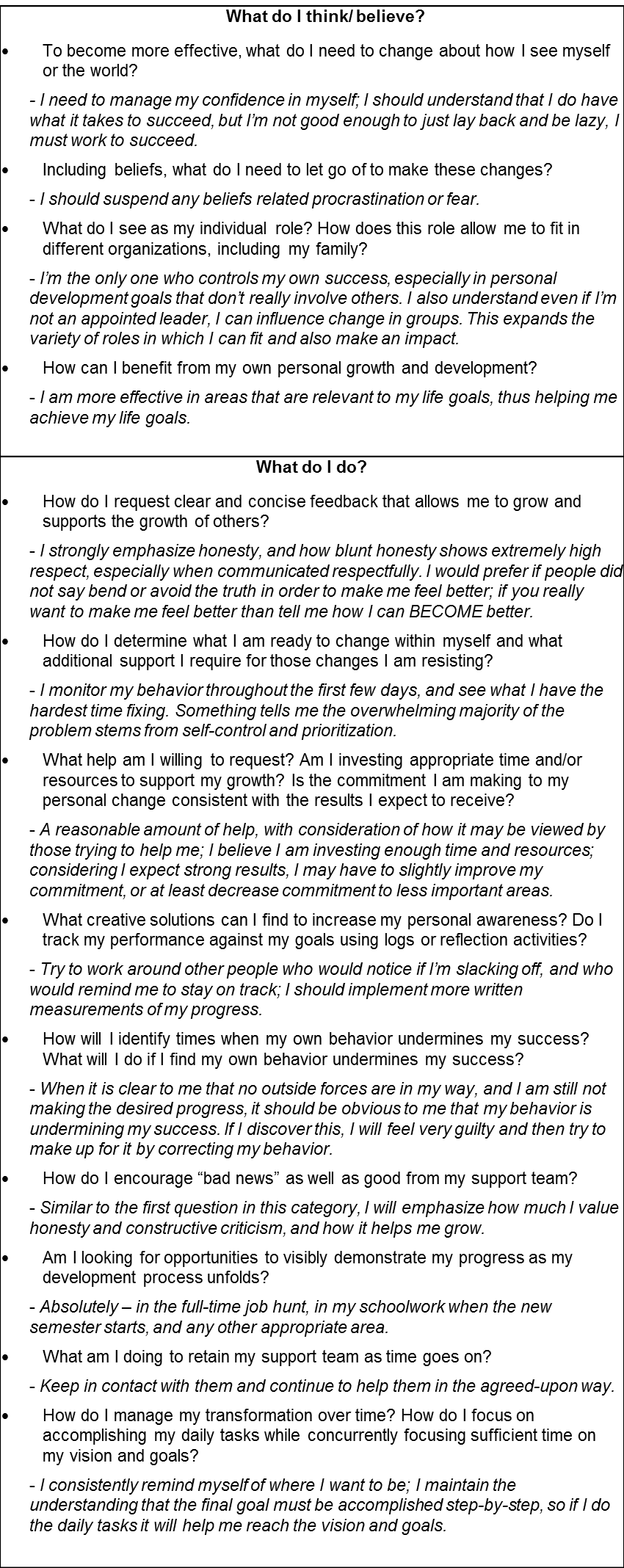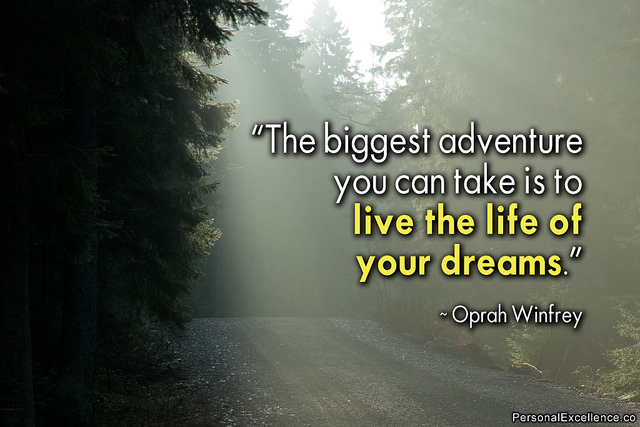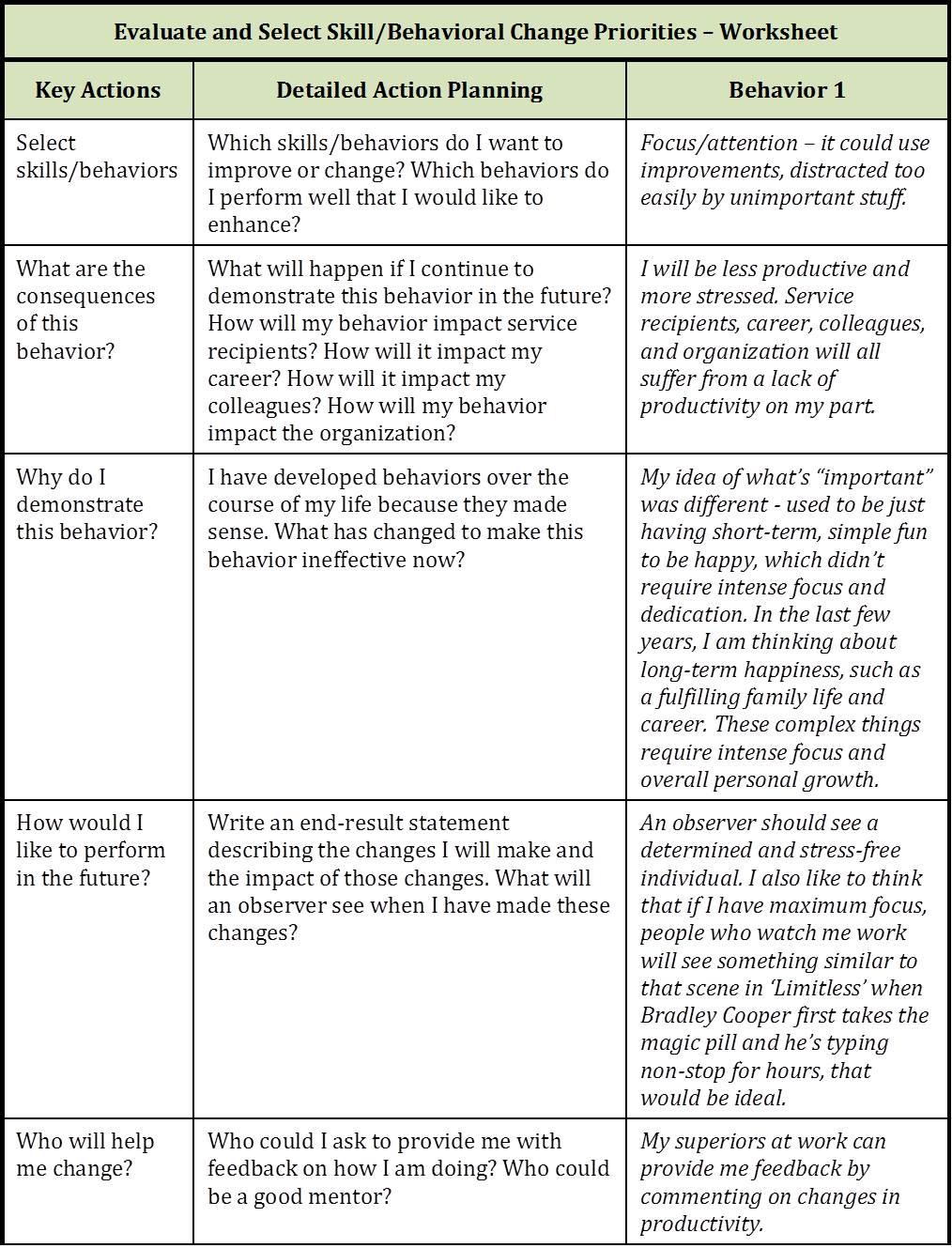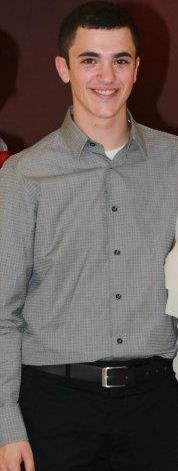Delivering the Future: Amazon’s Innovation Culture
Maureen Metcalf, CEO of the Innovative Leadership Institute, shared this article as a companion to her podcast with Amazon executives David Carbon, Vice President and General Manager of Amazon Prime Air, John Love, VP of Amazon Pharmacy & Pillpack, Dr. Vin Gupta, a pulmonologist who is a medical analyst for NBC News and MSNBC. He also serves as a senior principal scientist with Amazon, affiliate professor with the University of Washington‘s Institute for Health Metrics and Evaluation, attending physician at Virginia Mason Medical Center, and lead officer of the Critical Care Air Transport Team for the United States Air Force Medical Service Reserves, based at Joint Base Lewis–McChord, and Tye Brady, Chief Technologist at Amazon Robotics discuss how the e-commerce giant delivers the future through its highly successful innovation culture, Delivering the Future: Amazon’s Innovation Culture.
In our podcast episode “Delivering the Future: Amazon’s Innovation Culture,” four Amazon executives discuss how the company fosters a culture of innovation to deliver new products and services to customers. The guests revealed how Amazon innovates to deliver a better customer experience, care for their employees, increase sustainability, and help our communities.
Listen to the companion interview and past episodes of Innovating Leadership: Co-Creating Our Future via Apple Podcasts, TuneIn, Spotify, Amazon Music, Audible, iHeartRADIO, and NPR One.
The discussion uncovered several common traits. Each leader is highly successful, passionate about their work, and kind. Kindness was the most surprising trait. In an era when many organizations struggle with civility, these leaders genuinely care about their customers, people, the environment, and their communities. They are committed to significant innovation and making the world a better place.
These four executives revealed insights into Amazon’s innovation process, which is based on five fundamental principles:
- Start with the customer. Amazon always begins by identifying customer needs and pain points. This customer-centric approach ensures that all new products and services are designed to meet customers’ real needs.
- Use purpose-driven design to solve real-world problems, prioritizing user needs and business goals.
- Put people at the center of the robotics and AI universe. Leverage AI and robotics to solve problems and, at the same time, create a safe, engaging, sustainable environment for people to thrive and grow.
- Be willing to experiment. Amazon is not afraid to experiment and take risks. The company encourages employees to develop new ideas and test them quickly. This willingness to experiment has led to some of Amazon’s most successful innovations, such as Amazon Prime and Alexa.
- Move fast. Amazon is known for its fast-paced work environment. The company encourages employees to make decisions quickly and to move forward with new ideas. This rapid pace of innovation keeps Amazon ahead of the competition.
Example of Innovation Putting People First
In the podcast, John Love and Dr. Vin Gupta share how Amazon developed its new prescription delivery service. Their team starts the innovation process by asking four key questions:
- Is this a large customer problem? An opportunity?
- Are customers already well-served by current offerings in the marketplace?
- Do we have a compelling or differentiated idea?
- Does it create convenient access and delivery?
By answering these questions, the Amazon Pharmacy team developed a new service that addresses the most significant pain points for customers who need to fill prescriptions. As a result, it delivers a superior customer experience. Beyond speedy delivery, Amazon Pharmacy leverages AI to estimate co-pays, check fill accuracy, and administer many data transaction processes. Imagine leaving the doctor’s office, and by the time you drive home, a drone has dropped your prescription at your house or apartment — no waiting in the pharmacy line with a sick child or while you feel ill.
Innovation success is further enhanced because different divisions work together in an interdepartmental ecosystem. Amazon Pharmacy, for example, partners with Amazon Air’s new drone service to deliver prescriptions within 30 minutes of being ordered. The drone program is being piloted in College Station, Texas, and will soon expand.
Imagine hundreds of drones carrying packages up to the size of a shoe box, swooping into an apartment complex or house’s front yard, dropping a package from 10 feet (high enough that people can’t interfere with the drone), then flying back to the fulfillment site to pick up the next package. This drone program will create an entire aviation infrastructure to load and fly the drones and a control system akin to an air traffic control system. The partnership between Pharmacy and Prime Air creates this solution for today’s long waits in prescription filling and delivery.
Leadership Suggestions
Here are four Amazon practices you can implement in your innovation process:
- Put the customer first. Everything you do should be focused on meeting the needs of your customers. This means listening to your customers, understanding their pain points, and designing products and services that solve their problems.
- Encourage experimentation. Create an environment where employees feel comfortable coming up with new ideas and taking risks. Give employees the resources they need to test out their ideas, even if they seem crazy at first.
- Leverage AI. Understand the opportunities AI creates in your organization and leverage it while putting people at the center of the operations.
- Move fast. Don’t get bogged down in bureaucracy or endless meetings. Make decisions quickly and encourage your employees to do the same. This will allow you to stay ahead of the competition and bring new products and services to market faster. As David Carbon says, “Perfect becomes the enemy of good enough.”
Conclusion
Amazon’s culture of innovation has helped the company to become one of the most successful businesses in the world. By following the fundamental principles outlined in this article, you can create a culture of innovation in your organization and deliver new products and services that your customers will love.
ABOUT THE GUESTS:
David Carbon is VP of Prime Air. Before that, he was VP of Operations for Boeing’s 787 program – with earlier work on the 747; he started with Boeing/Hawker de Havilland in Australia. He also spearheaded projects at Ford Motor Company.
John Love is VP of both Amazon Pharmacy and PillPack by Amazon Pharmacy. Before those, his 16-year Amazon career also saw him serve as VP of Alexa Shopping, as well as supporting many other business lines. He’s responsible for helping customers discover equitable, affordable, high-quality medical care and prescription access.
Dr. Vin Gupta is the Chief Medical Officer for Amazon Pharmacy. He remains a practicing pulmonologist and is an affiliate faculty member at the University of Washington’s Institute for Health Metrics & Evaluation and Evans School. He serves as a major in the USAF Medical Reserve Corps and is a medical analyst for NBC News.
Tye Brady is the Chief Technologist of Amazon Robotics, Fulfilment Information Technology. He has over 30 years of hands-on experience in team leadership, technical management, and system design. Before Amazon Robotics, Tye spent 15 years with Draper Laboratory. He’s a founding partner of MassRobotics, a not-for-profit that serves as a world-class platform for robotic innovation.
Thank you for reading Innovative Leadership Insights, where we bring you thought leaders and innovative ideas on leadership topics each week.
ADDITIONAL RESOURCES:
Ready to measure your leadership skills? Complete your complimentary assessment through the Innovative Leadership Institute. Learn the 7 leadership skills required to succeed during disruption and innovation.
- Follow the Innovative Leadership Institute LinkedIn page
- Subscribe to Innovating Leadership and listen on your favorite podcast platform
- Subscribe to our blog – Insights
Check out the companion interview and past episodes of Innovating Leadership: Co-Creating Our Future on your favorite podcast platform, including Apple Podcasts, TuneIn, Spotify, Amazon Music, Audible, iHeartRADIO, and NPR One.

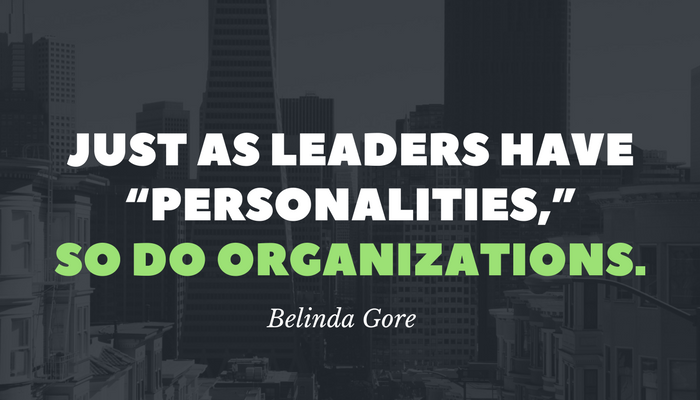 This guest blog was written as a companion to the podcast with Belinda Gore, Building Leadership Self-Awareness Using Personality Typ
This guest blog was written as a companion to the podcast with Belinda Gore, Building Leadership Self-Awareness Using Personality Typ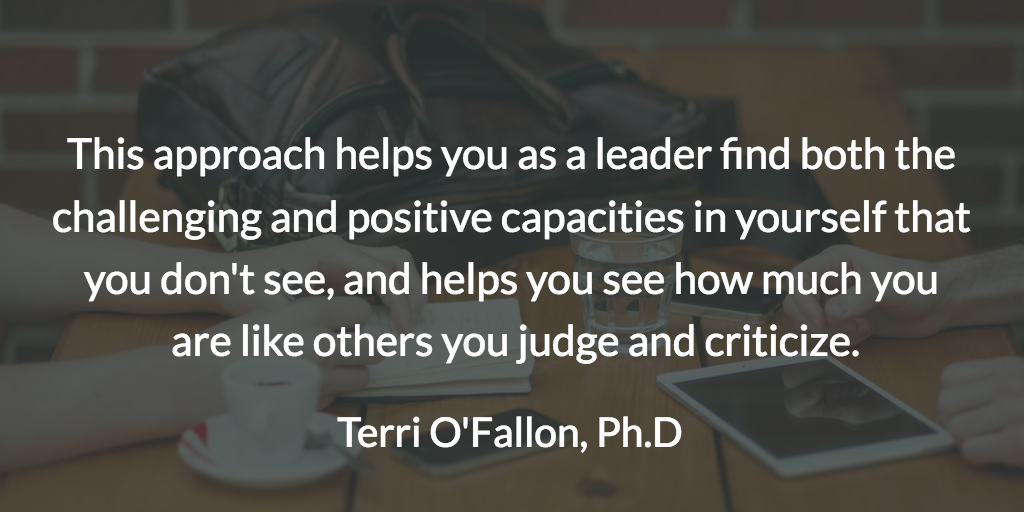 This blog is a companion to the interview with Terri O’Fallon. What is A Level 5 / Teal Organization? Terri O’Fallon, PhD, wrote this post.
This blog is a companion to the interview with Terri O’Fallon. What is A Level 5 / Teal Organization? Terri O’Fallon, PhD, wrote this post.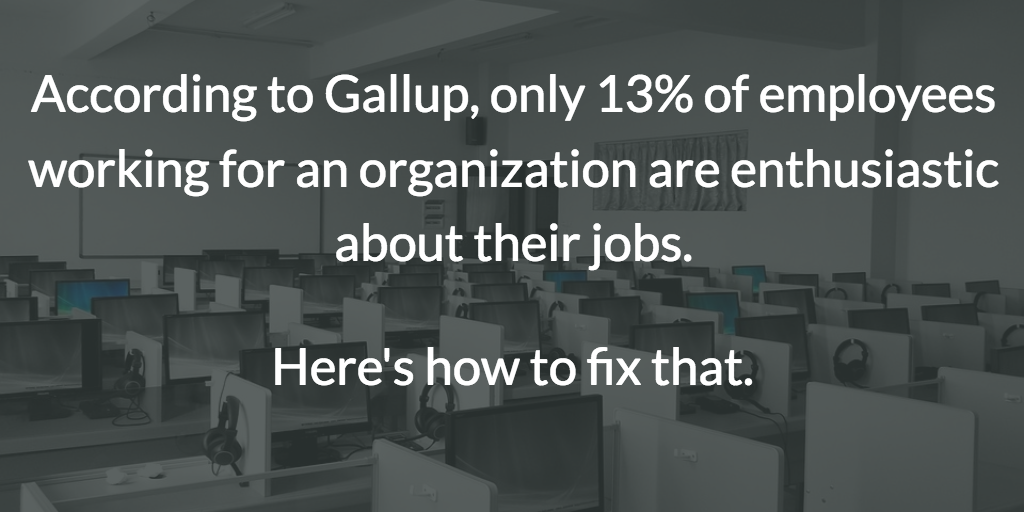 This blog is drawn from a paper by Jim Ritchie-Dunham & Maureen Metcalf, Co-hosting:
This blog is drawn from a paper by Jim Ritchie-Dunham & Maureen Metcalf, Co-hosting: 
